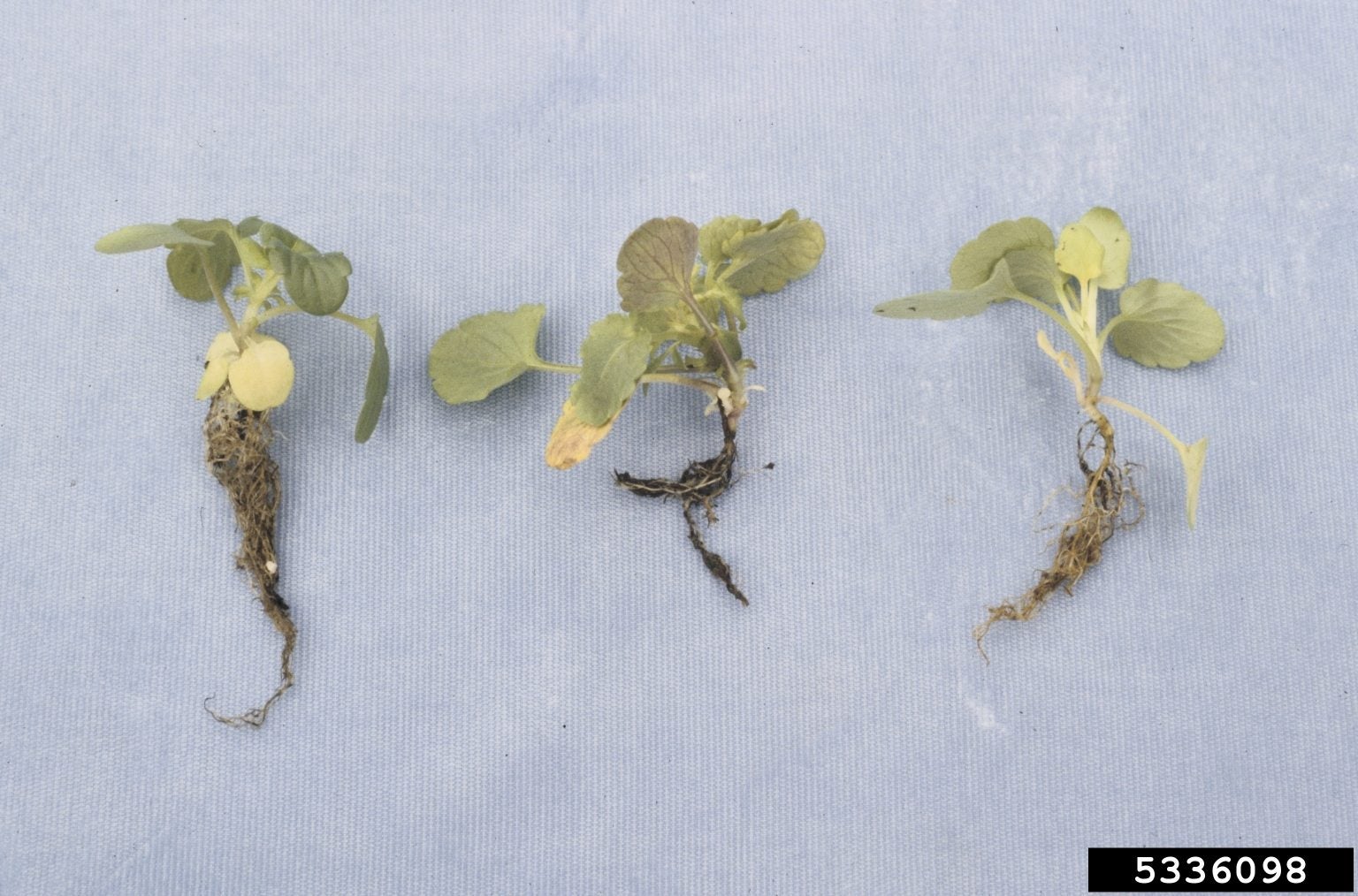Common Diseases Of Pansies – How To Treat Sick Pansy Plants


Pansies are cheery little plants that generally grow with very few problems and minimal attention. However, diseases of pansies do occur. For an ailing pansy, treatment may consist of replacing sick pansy plants with healthier plants. The good news is that many pansy diseases are preventable. Read on to learn more about diseases of pansies.
Common Diseased Pansy Symptoms
Alternaria Leaf Spot – The first symptoms of alternaria leaf spot include tan or greenish yellow lesions turning dark brown. As the lesions mature, they may appear sunken or as concentric brown rings, often with a yellow halo. The centers of the spots may drop out. Cercospora Leaf Spot – Symptoms of cercospora leaf spot begin with purple-black lesions on lower leaves, eventually developing pale tan centers with bluish black rings and greasy looking, water-soaked lesions. Eventually, leaves turn yellow and drop off. Plant may also show tiny lesions on upper leaves. Anthracnose – When a pansy has anthracnose, it may have stunted, malformed flowers; round, pale yellow or gray spots with black edges on leaves. Water-soaked lesions on stems and stalks eventually girdle the plant, leading to plant death. Botrytis Blight – Botrytis blight will result in brown splotches or spots on stems and flowers. In high humidity, a gray, web-like growth may appear on leaves and flowers. The plant may also display scattered clusters of spores. Root Rot – Common root rot symptoms include stunted growth, wilting, and yellowing of leaves, especially brown-black, mushy, or smelly roots. Powdery Mildew – Patches of powdery, white or gray blotches on flowers, stems, and leaves is a classic sign of powdery mildew, which affects appearance but usually doesn’t kill plants.
Control of Pansy Diseases
Plant only healthy, disease-free transplants or seeds from reputable nurseries. Destroy all diseased leaves and other plant parts as soon as they’re discovered. Keep flowerbeds free of debris. Clean flower beds thoroughly at the end of the blooming season. Also, clean and disinfect containers. Avoid planting pansies in areas that have been affected by disease. Keep foliage and blooms as dry as possible. Water by hand with a hose or use a soaker hose or drip system. Avoid overhead watering. Avoid over-fertilization.
Sign up for the Gardening Know How newsletter today and receive a free copy of our e-book "How to Grow Delicious Tomatoes".

A Credentialed Garden Writer, Mary H. Dyer was with Gardening Know How in the very beginning, publishing articles as early as 2007.